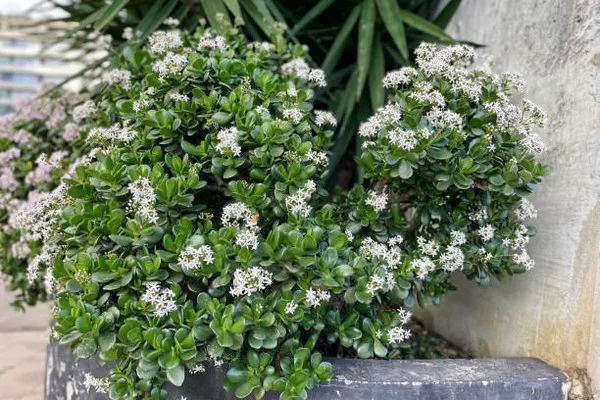Ferns are a diverse and ancient group of plants that have captured the fascination of botanists and nature enthusiasts for centuries. Their distinctive, feathery fronds and lush green foliage can be found in various ecosystems worldwide. One of the most intriguing aspects of fern biology is their unique method of reproduction. Unlike many other plants, ferns reproduce without flowers or seeds. In this article, we will explore the fascinating world of fern reproduction, shedding light on their reproductive structures, mechanisms, and evolutionary significance.
Understanding the Fern Life Cycle
To comprehend fern reproduction fully, it is essential to understand their life cycle, which alternates between two distinct phases: the sporophyte and the gametophyte.
Sporophyte Phase:
The dominant phase in the fern life cycle is the sporophyte, which is the plant we commonly recognize as a fern.
Sporophytes produce spores through a process known as sporogenesis.
Spores are haploid, meaning they have half the number of chromosomes of the parent plant.
Gametophyte Phase:
Spores develop into the gametophyte, a tiny, heart-shaped structure often found on the forest floor.
Gametophytes are also haploid and produce gametes, which are sperm (antheridia) and egg (archegonia) cells.
Fertilization occurs when sperm from one gametophyte fertilize an egg from another, resulting in a diploid zygote.
Now, let’s delve into the details of fern reproduction by examining the sporophyte and gametophyte phases separately.
Sporophyte Reproduction
Spore Production:
The sporophyte produces sporangia, which are specialized structures responsible for spore production.
Inside sporangia, meiosis takes place, reducing the number of chromosomes in the parent cell and producing haploid spores.
Each sporangium can contain hundreds to thousands of spores.
Spore Dispersal:
Once mature, sporangia release spores into the environment.
Spore dispersal mechanisms vary among fern species and can include wind, water, or even animal transportation.
Spores are incredibly light and can travel considerable distances before landing.
Germination:
When spores land in suitable conditions, they can germinate.
Germination involves the development of a tiny prothallus, which is the initial stage of the gametophyte phase.
The prothallus is usually green and photosynthetic, allowing it to produce its food.
Gametophyte Reproduction
Antheridia and Archegonia:
Once the prothallus reaches maturity, it develops specialized structures called antheridia and archegonia.
Antheridia produce sperm cells, while archegonia house egg cells.
Both structures are essential for sexual reproduction.
Fertilization:
Water plays a crucial role in fern fertilization. It is necessary to transport sperm from antheridia to archegonia.
When water is present, it triggers the release of sperm, which swim towards archegonia.
Once a sperm cell successfully fertilizes an egg cell, a diploid zygote forms.
Zygote Development:
The zygote develops into a new sporophyte, thus completing the fern life cycle.
The new sporophyte initially grows as a small, delicate frond, eventually maturing into a full-sized fern.
Evolutionary Significance
The unique reproductive strategy of ferns, involving alternation of generations and the absence of flowers and seeds, has significant evolutionary implications.
1. Ancient Lineage:
Ferns belong to an ancient group of plants known as the Pteridophytes, which have been around for hundreds of millions of years.
This lineage predates the appearance of flowering plants (angiosperms) and conifers, making ferns one of the earliest land plants.
2. Adaptation to Terrestrial Life:
The fern’s life cycle represents an adaptation to terrestrial environments.
By producing spores and gametophytes that rely on water for fertilization, ferns were among the first plants to successfully colonize land.
3. Surviving and Thriving:
Ferns have evolved various reproductive strategies that allow them to thrive in diverse habitats, from moist, shaded forests to arid deserts.
Their spore dispersal mechanisms and ability to adapt to different ecological niches have contributed to their success as a plant group.
4. Conservation and Biodiversity:
Ferns are not only fascinating from a biological perspective but also play a vital role in ecosystems.
They provide habitat and food for various wildlife species and contribute to overall biodiversity.
Conclusion
The world of fern reproduction is a captivating subject for botanists and nature enthusiasts alike. Their unique life cycle, involving sporophytes and gametophytes, has allowed these ancient plants to adapt and thrive in a wide range of environments. Understanding fern reproduction not only sheds light on their evolutionary significance but also highlights their crucial role in ecosystems worldwide. As we continue to explore the wonders of the natural world, ferns remain a testament to the enduring beauty and complexity of plant life.


